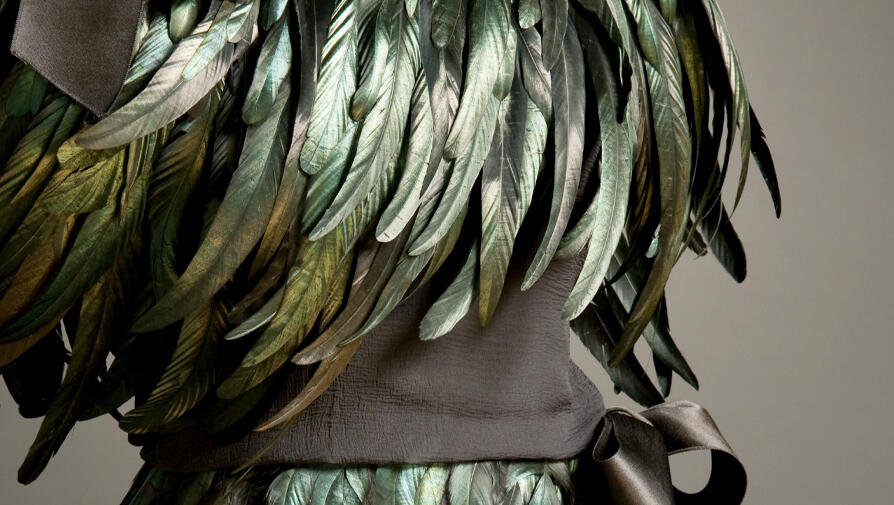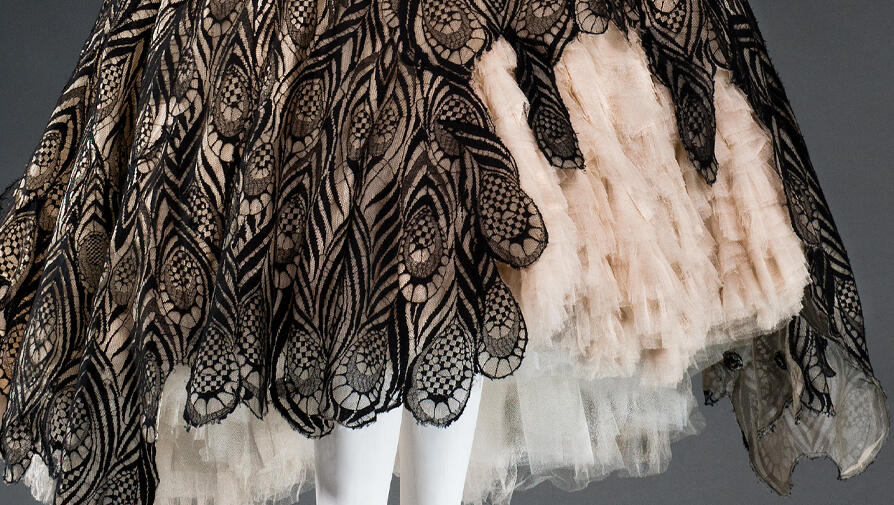A global resource for the study of fashion past, present and future.
ASU FIDM Museum features a 15,000-piece collection that represents over 400 years of fashion history, including haute couture and ready-to-wear, world dress, film costumes, accessories, jewelry, textiles, fragrance packaging and ephemera. Part of the ASU FIDM fashion school, the museum fosters student learning, public engagement, and recognition of the creative arts and entertainment industries by providing access to the collections through exhibitions, publications and other research opportunities.
Hours and admission
ASU FIDM Museum is open during exhibitions only. Visit our exhibitions page to see hours for current or upcoming exhibitions.

Exhibitions

Support the Museum

Connect with us
ASU California Center
919 South Grand Avenue
Los Angeles, CA 90015
Museum entrance on ground floor
213-510-6964
infoasufidmmuseum@asu.edu
Photo: Fan, 1900-1905; Adolph Thomasse for Duvelleroy, Paris, France; Gift of Mona Lee Nesseth; ASU FIDM Museum, 2016.975.8A/B



